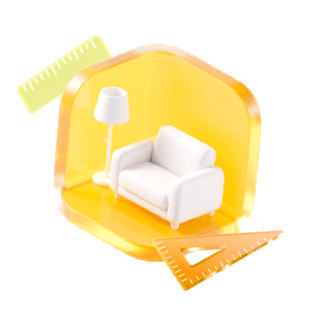Creating 3D clothing models is an exhilarating process that empowers designers to manifest their fashion concepts within a digital environment. Whether you're an experienced designer or a newcomer, mastering the technique of 3D garment design can greatly improve your workflow and unveil new creative possibilities. This guide will delve into the key steps and best practices for crafting exceptional 3D apparel models that truly make an impression. It's essential to start by selecting the most suitable software for your specific requirements. Numerous 3D modeling applications exist, such as Clo3D, Marvelous Designer, and Blender, each equipped with distinct features catered to the fashion industry. Understanding the tools and functionalities of your chosen software will facilitate a more seamless modeling journey. Once you’ve gained a solid grasp of the software, begin by sketching your fashion ideas either on paper or digitally. This step is pivotal as it helps you visualize the final look and lays out a clear plan for your modeling efforts. After you've polished your sketches, proceed to construct a fundamental 3D representation of the garment’s design utilizing polygon modeling methods. Start with a basic mesh and gradually fine-tune the details to achieve the desired shape. Next, it's time to concentrate on developing the fabric's textures and characteristics, which are crucial since the selection of materials significantly influences the garment’s appearance and drape. Employ texture mapping methods to apply authentic fabric patterns and colors, ensuring that the material behaves as it would in real life. To enhance realism, you can leverage simulation tools within your 3D software; these features enable you to imitate how fabrics move and react with surrounding elements. This step is particularly vital for garments that necessitate dynamic action, like flowing gowns or loose blouses. After simulating fabric behavior, it's essential to introduce intricate details such as stitching, buttons, zippers, and other decorative features. These components can elevate your overall design and enhance its visual appeal. Make sure to consider the scale and placement of these details, as they substantially impact the overall quality of your model. Once your 3D clothing piece is accomplished, render it to produce high-quality visuals for your portfolio or presentations—experiment with lighting and camera setups to highlight your creation effectively. Additionally, consider developing a virtual fitting room experience using Homestyler, allowing potential clients to see how your clothing appears on various body shapes. Lastly, continue to practice and explore diverse styles, fabrics, and techniques. The more you engage in this practice, the more refined your skills will become, helping you to discover your distinctive design voice. Keep in mind that the field of 3D clothing creation is in constant flux; thus, staying informed about the latest trends and software evolutions is essential. In summary, the pursuit of 3D clothing modeling is a fulfilling endeavor that melds creativity with technical prowess. By adhering to the steps outlined in this guide and perpetually honing your skills, you will be well on your way to becoming an adept 3D clothing designer. Happy modeling!
Tips 1:
Utilize online tutorials and resources to broaden your knowledge of 3D clothing modeling techniques.
FAQ
Welcome to our community dedicated to 3D modeling and design, where you can discover the benefits of using platforms like Homestyler to elevate your projects.



